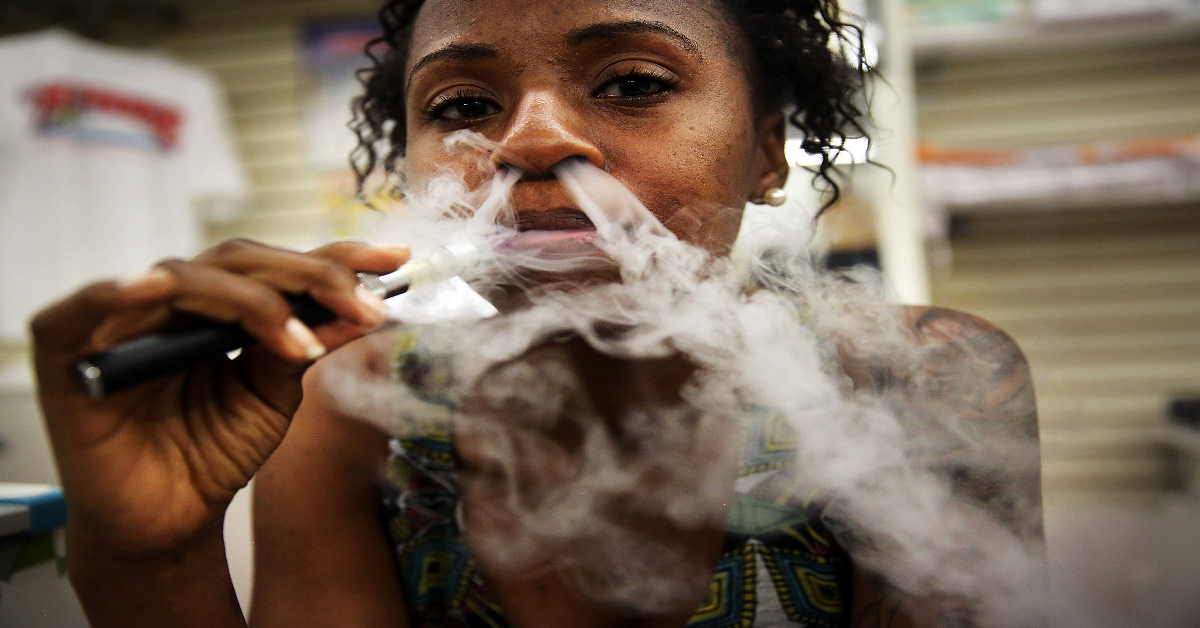E-cigarettes have become hugely popular in the past decade but a rash of vaping-linked deaths and illnesses is feeding caution about a product, already banned in some places.
On Thursday an 18-year-old man died in Belgium in a vaping-linked death, the first such case in the country.
Here are five things to know about electronic cigarettes.
Around for two decades
Early designs for an electronic cigarette were drawn up in the United States (US) in the 1960s but Chinese pharmacist Hon Lik is acknowledged as the inventor of a viable commercial version in the early 2000s.
Hon, who was trying to quit his own pack-a-day habit, took out patents between 2003 and 2005. But his devices would soon be overtaken as the international market exploded.
How do they work?
A battery powers a coil that heats a liquid containing various amounts of nicotine as well as propylene glycol and vegetable glycerine, which mimic tobacco smoke when heated.
This "e-juice" can also contain flavourings and other substances, such as tetrahydrocannabinol (THC), the psychoactive ingredient in marijuana.
E-cigarettes are mostly draw-activated, with the puffing releasing vapour.
They do not produce tar or carbon monoxide – two of tobacco's most noxious elements and associated with cancer and cardiovascular disease.
Harmful to health?
E-cigarettes were initially touted as less damaging than tobacco, which causes around eight million deaths a year.
In 2015 public health authorities in England said best estimates showed they were 95 percent less harmful than tobacco.
However, concern has been growing and in July 2019 the World Health Organization (WHO) warned that electronic smoking devices were "undoubtedly harmful and should therefore be subject to regulation".
Another worry is that the vaping flavours are particularly attractive to teenagers and an enticement to pick up the habit.
In 2019 the vaping industry is facing major scrutiny amid an epidemic of lung conditions linked to e-cigarette use that has killed 39 and sickened more than 2,000 mostly young people in the US.
In November 2019 US health officials said they had identified vitamin E acetate, an oil sometimes used as a thickening agent for vaping products, as the likely culprit behind the epidemic.
Exponential growth
The number of vapers worldwide has leapt from seven million in 2011 to 41 million in 2018, according to leading market researcher Euromonitor International.
By comparison, there were 1.1 billion tobacco smokers on the planet in 2016, according to latest WHO figures on its website.
The largest markets for e-cigarettes are the US followed by Britain, France, Germany and China.
The increase in vaping has been particularly dramatic among teenagers.
Moving towards regulation
In September 2019 India became the latest country to ban the import, sale, production and advertising of e-cigarettes, citing in particular concerns about its youth.
The devices are already banned in several places, such as Brazil, Singapore, Thailand and the US state of Massachusetts, but elsewhere legislations is inconsistent.
In June 2019 San Francisco became the first major US city to effectively ban the sale and manufacture of electronic cigarettes.
In September New York followed Michigan in banning flavoured e-cigarettes.
On 11 November, US President Donald Trump said he planned to meet with vaping industry representatives as he considers whether to ban flavoured e-cigarette products.
Trump has said he supports raising the minimum age for the purchase of e-cigarettes from 18 to 21, but he has also indicated he is concerned about over-regulation of business. - AFP
